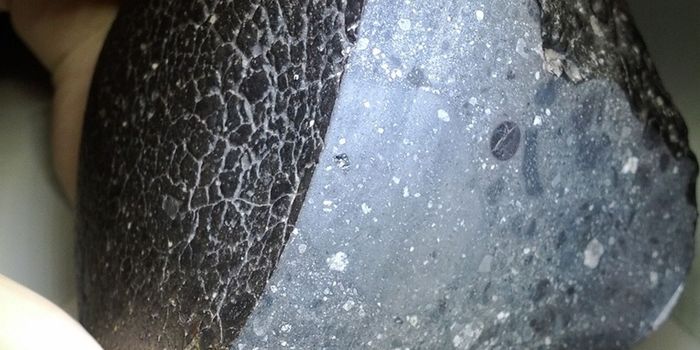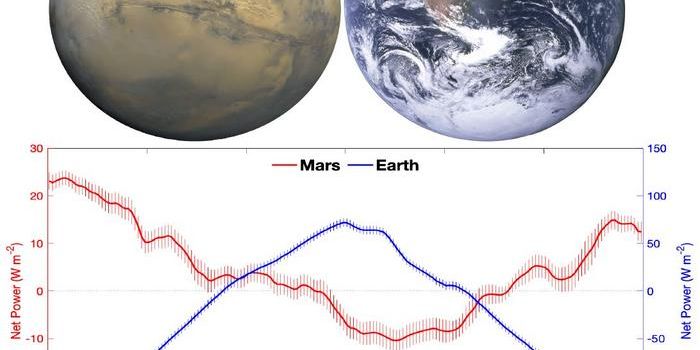A Brown Dwarf from the Early Universe is Lurking in Our Neighborhood
When one refers to a star or a galaxy or any other object as metal-poor, it simply means that this object was formed in the early Universe. The only elements present then were hydrogen and helium. All the other elements were synthesized at the core of the stars, and they were unleashed into space after the violent death of these stars. Therefore, newer stars and galaxies have a higher abundance of heavier elements such as carbon, nitrogen, etc. Therefore, anything that contains only hydrogen and helium is called metal-poor, which means that it is from the very early Universe.
A study led by Nicolas Lodiey, a researcher from the Instituto de Astrofísica de Canarias (IAC), confirmed the presence of a metal-poor brown dwarf less than 30 light years away from the Sun. Its proximity suggests that there must be more brown dwarfs in our neighborhood from the early Universe than previously thought. Brown dwarfs are also known as failed stars because their mass is not large enough for them to start nuclear fusion at the center of their cores, unlike normal ‘successful’ stars. Therefore, their brightness gets fainter and fainter over time, which makes the detection of these systems even harder. However, their study is extremely important in the context of star and planet formation because they bridge the gap between these two source classes.
This newly discovered brown dwarf has a temperature of 525° Celsius, and a brightness of about one-millionth of our Sun. Its atmosphere does not contain anything other than molecular hydrogen and water vapor, which makes it the only such object in our near neighborhood like it. A variety of instruments on various telescopes were required to conduct this not so straight forward investigation. These include Gran Telescopio Canarias (GTC), Telescopio Optico Nordico (NOT), and Calar Alto Astronomical Observatory (CAHA), La Palma, Spain.
Source: IAC press release, Astronomy and Astrophysics Journal








